Arahura Valley - where the soil may bring you to tears
New Zealand Tree Grower August 2016.
The morning of Wednesday saw us visiting Jack and Kay Davidson’s 70-hectare block which now has roughly 38 hectares in pasture, 25 hectares in forestry and seven in a QE II Trust covenant.
Jack said that if he tells us everything about the soil it will bring us to tears. It is the standard West Coast pakihi formed about 10,000 years ago, strongly acidic with no nutrient reserves. Hump and hollow or flipping is the answer, a subject we had already heard about a lot, the process of removing the top vegetation of clay and bringing the gravel on to the top. However, it is quite an expensive process. The hollows have also been flipped as these got a bit too wet and this meant going quite deep, three or four metres down.
An additional problem with this land is that there are a lot of tunnels under the ground which used to be gold mine drainage tunnels. Jack admitted that they do not know where these tunnels are until a digger finds them and the soil collapses. They nearly lost a 20-tonne digger in one of these collapsed tunnels. The one advantage of the land is that it is easy and relatively cheap to put in the roading.
As we have seen before, the tree planting is on mounds produced after V-blading. However, this means that the trees grow quite rapidly for about 10 years then the wind blows them down. The more fertiliser put on the faster they grow and the sooner they blow over – or so Jack told us.
Mainly macrocarpa
We walked past a selection of eucalypts into the cypress plantation. We were met with the now familiar hump and hollow landscape with the trees planted on the top of the humps. These cypress trees were now just on 20 years old, and originally it was half macrocarpa and half lusitanica. However, all the macrocarpa failed due to canker, the disease encouraged in the wet atmosphere of the West Coast. Jack planted cypress because his old building clients thought cypress would replace rimu. He hopes his lusitanica will grow to a reasonable height in 35 to 40 years. He is trying a lot of other species as he says that is what farm foresters do.
There were still lot of lusitanica for us to see, some with canker, and Jack admitted to not having carried out enough thinning and there would not be any more pruning as he says he does the work at his own pace. He expected that most of the trees would end up as firewood but did ask for constructive criticism. He said people should look, learn and not do what he has done.
In the following discussion he was asked how much gorse he had as Dudley Franklin said if you can grow gorse you can grow anything. Jack said that some parts could not grow any gorse.
Other questions involved the inevitable flipping and how much it cost. Jack thought it was around $2,500 a hectare but this also included adding some superphosphate. Land now costs around $5,000 unimproved, although it can be more, varying a lot with the price of the dairy payout. Lania Holt of Scion asked what the harvest plan was, but it seemed there was none.
A lot of work
We moved on to look at a range of eucalypts, including some of the ground durable E. bositoana. He said he experimented a lot with trees having tried 11 different species of eucalypts and puts blackwoods into any gaps he can find There was an interesting discussion about the different eucalypts and their durability when used as timber.
On the way back, after seeing the QE II block, we had to walk across the pasture which had been humped and hollowed. Seeing people almost disappearing in the dips between the humps was a very clear indication of the amount of work required to create these mounds almost two metres above the hollows between. Walking around the West Coast land shows more and more how much the ground has to be worked to allow exotic trees or simple farmland to thrive.
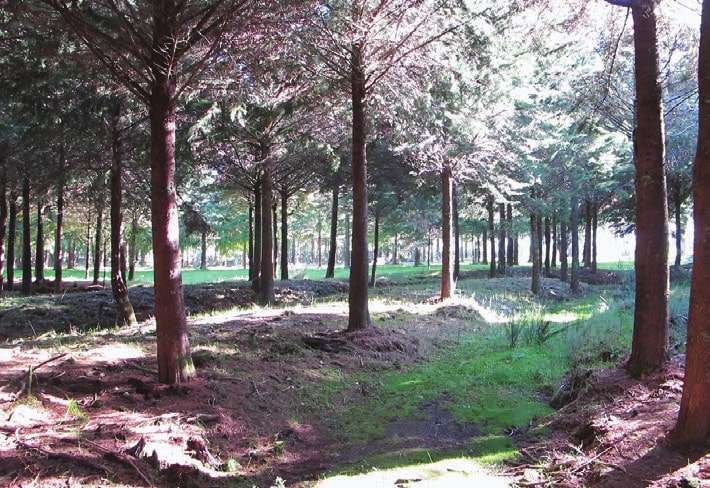
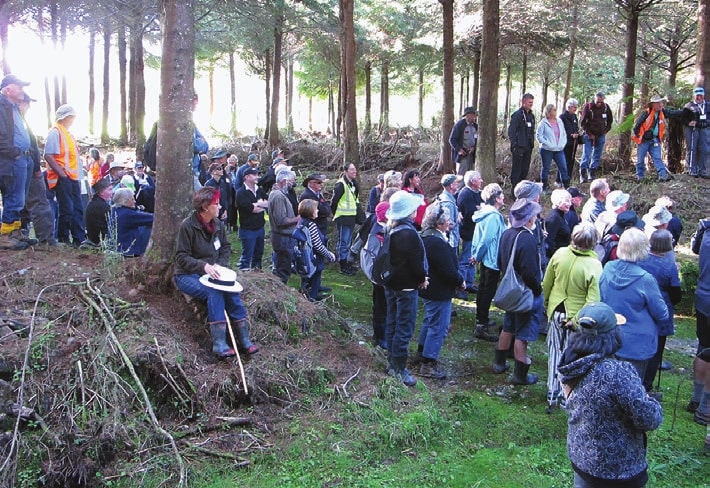
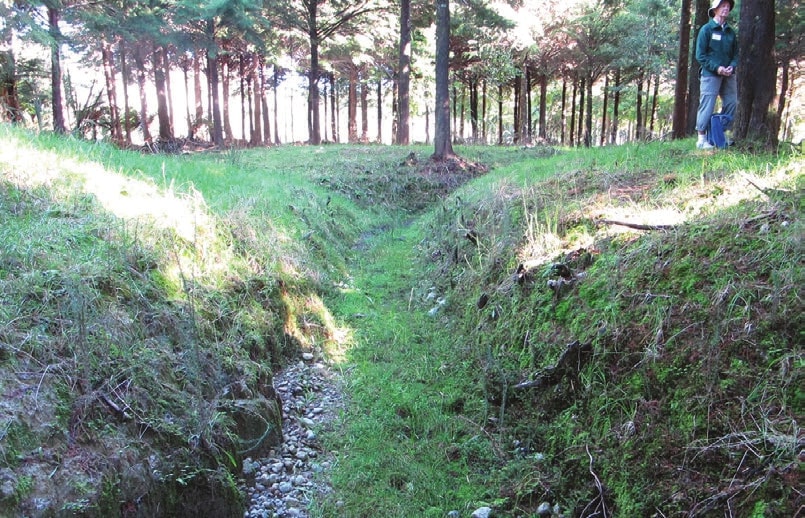
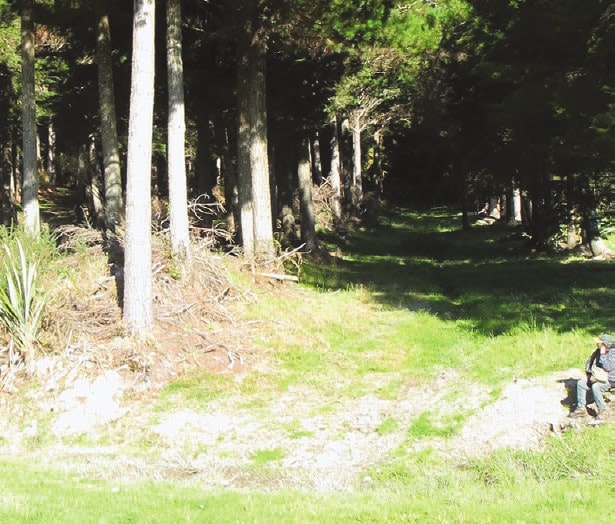
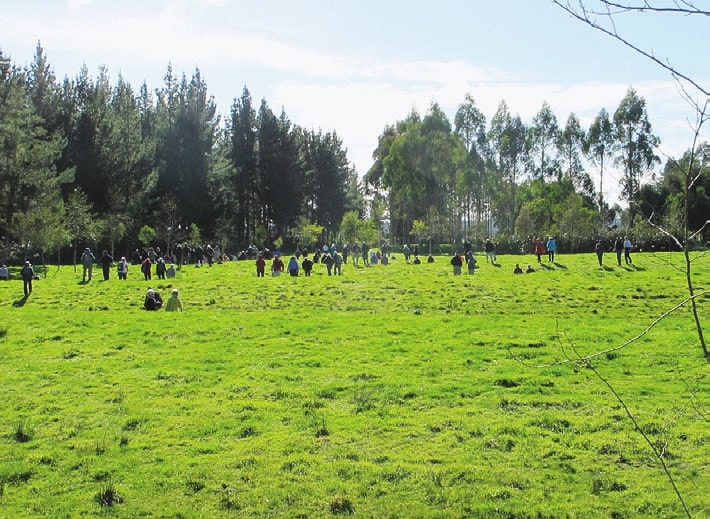
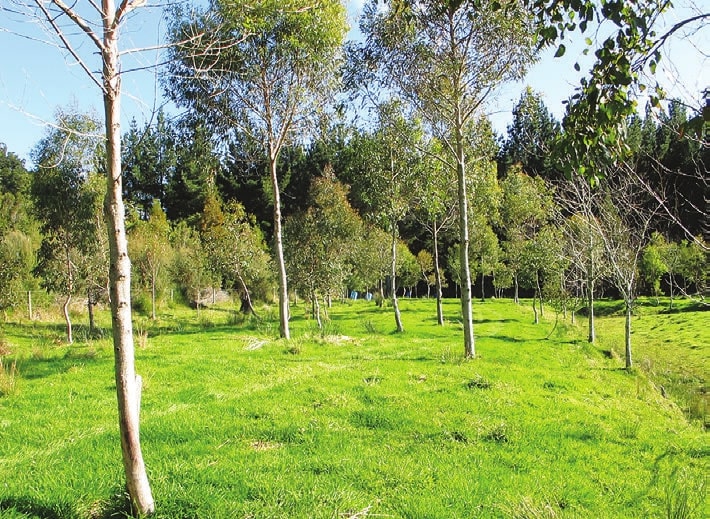
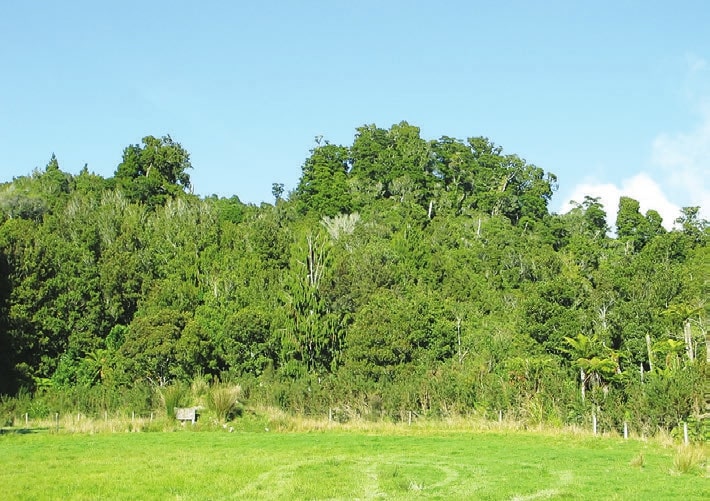
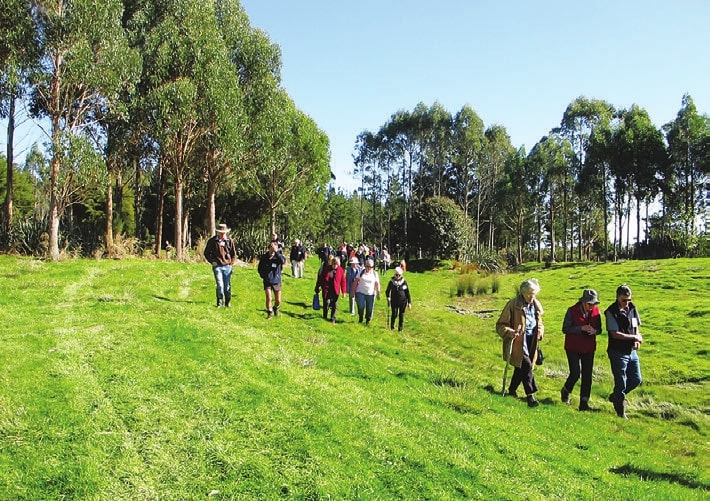

 Farm Forestry New Zealand
Farm Forestry New Zealand